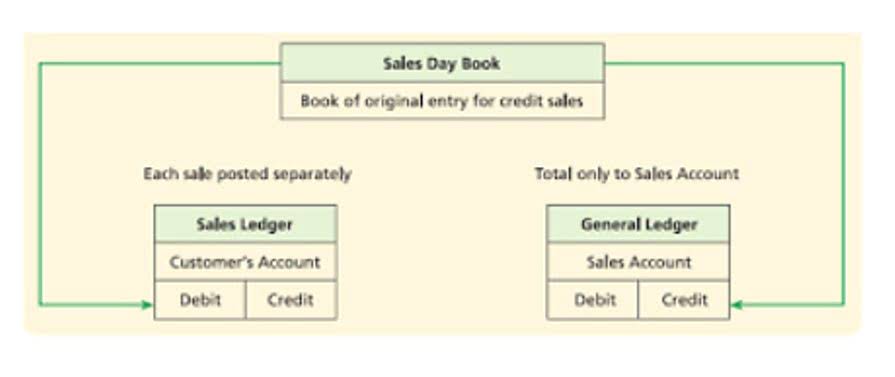Boomerang Casino Test 2023 Hole dir Boomerang Casino Bonus & Freispiele
July 14, 20221xBet Azərbaycan: rəsmi saytın nəzərdən keçirilməs
July 15, 2022Send the donor an acknowledgment that includes your tax ID number, a description of the goods and/or services they donated and the date you received them. Generally, donors can deduct in-kind donations, as they’re considered charitable donations just like cash contributions. First, record the donation as revenue, assigning it the FMV that it warrants. Next, record the item as an asset; if the item will provide a financial benefit in the future, or record the item as an expense; if the item will not present significant financial value in the future. If the fair market value is expected to be more than $1,000, the CRA recommends that a third party professionally appraise the property.
GiveSmart is the industry’s top fundraising software, helping you raise more money with less stress. At GiveSmart, we assist nonprofit organizations by providing technology that helps you create positive change. GiveSmart is designed to fit your organization’s needs, giving you support, constant innovation, insights, and more. Generally speaking, in-kind donations are when a donor donates a non-monetary donation. It’s important to note that donated time (volunteering) is not tax-deductible, but if the volunteer provided goods to help complete the volunteer job, those things would be tax deductible. For example, if a volunteer offers to re-paint a nonprofit’s facility, the time is not deductible, but the paint and other supplies are tax-deductible.
Ready for a new fundraising platform?
This can help avoid situations in which you’re not able to make use of a donation because it’s not aligned with your cause, for example. Since it doesn’t require donors to give money, in-kind donations can sometimes be easier to secure. People will often be happy to donate their time, services, or products for free — often more so than giving cash to a fundraising campaign.
- With this guide to in-kind donations for your nonprofit you’re all set to start exploring this exciting new revenue stream!
- Those closely connected to your organization will be your best bet for an in-kind donation or introduction to someone who can help you out.
- But the sources for these gifts can include anyone and anything from individuals to businesses to associations and major organizations like colleges and universities.
- Encourage donors to seek legal advice if they’re unsure about giving an in-kind contribution.
- This engagement can lead to long-term collaborations, volunteer opportunities, and increased awareness of the work your organization is pioneering.
- This policy is there to protect your nonprofit and set clear guidelines for your staff when it comes to accepting in-kind donations for your nonprofit, but it’s also a good policy for your donors.
The IRS considers in-kind donations to be a contribution, and the value of the donation is generally considered as its market value. Only donations to registered 501(c)(3) nonprofits are eligible for a deduction. Gifts in kind, also referred to as in-kind donations, is a kind of charitable giving in which, instead of giving money to buy needed goods and services, the goods and services themselves are given. Some types of gifts in kind are appropriate, but others are not.[1] Examples of in-kind gifts include goods like food, clothing, medicines, furniture, office equipment, and building materials.
How do nonprofits “ask” for in-kind donations?
Essentially, an in-kind donation is a non-cash gift given to a nonprofit or qualified donee. Your in-kind donations acceptance policy sets clear expectations for your donors and ensures that their generous in-kind donations are put to the best use, and not left sitting in a storage room. And it in kind donation makes it easier for your staff to turn down in-kind donations that are not a good fit without making the donor feel that their offer was meaningless to the nonprofit. For instance, sole proprietorships and partnerships can deduct the actual cost and not the fair market value of the items.

